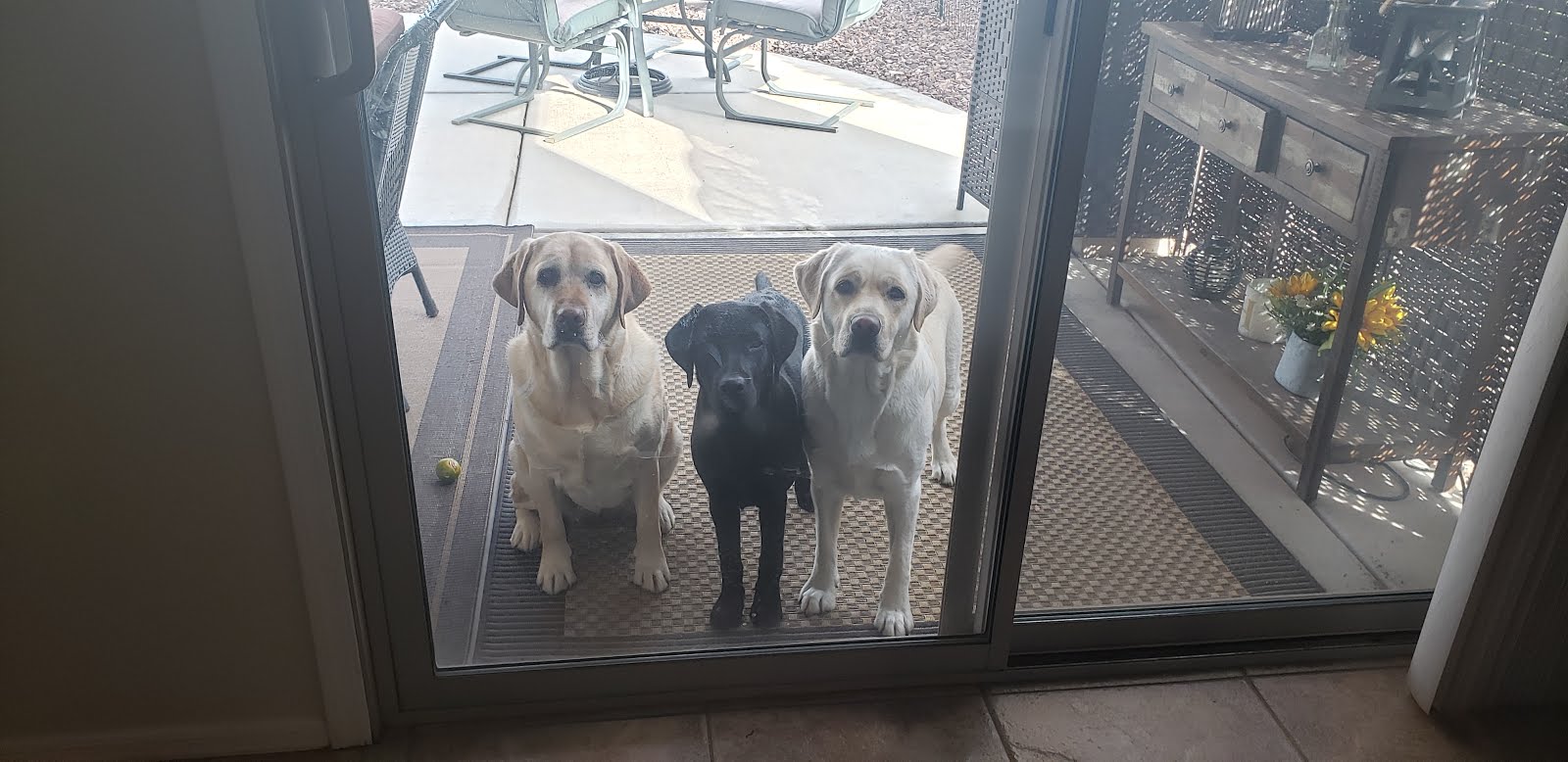From the Best of the professionals:
Don't cut the grass too low. When you cut off all that foliage, the grass is forced to live off its energy reserves, and a stressed-out lawn is not going to look very good.
Besides being more disease-resistant, taller grass does a better job of blocking out weeds, meaning fewer dandelions to deal with; and it provides thicker shade cover for the soil, reducing evaporation and helping the lawn through dry spells.
To avoid scalping your grass, Rossi recommends following the 1/3rd rule, whereby you never take off more than 1/3rd of the height of the grass. That’s probably longer than you’re used to, but besides reducing plant stress and water-loss, it means you won’t have to mow as often, about 25% to 35% less frequently.
For best results, lawn care experts recommend letting the grass grow to a little more than 5 inches, then cutting it back to around 3.5 inches, removing about 1/3rd of the blade.
Compare that with someone who cuts their lawn down to 2 inches, going for a more manicured look. To do that and still follow the 1/3rd rule, they will need to cut the lawn when it reaches 3 inches. That’s 1 inch of growth between cuttings versus 1.5 to 2 inches under the best-practices scenario. Which translates into mowing every 5 days instead of every 8 or 9 days. Multiple that out over the course of the entire growing season, and you get back a few extra Saturdays!
For a lush, healthy lawn, avoid these other common lawn care mistakes:
Mowing with a dull blade. It will tear at the grass blades, leaving behind jagged edges that loose water and invite disease. Experts recommend sharpening your blade every 10 hours of mowing
Bagging, instead of mulching. Lawn clippings are a natural source of nutrients for the lawn that can reduce fertilizing needs by 25% or more. So instead of bagging them (which adds time and effort to the chore), use your mower’s mulching mode to deposit the clippings back onto the lawn.
Pulling every last weed. Forget about the perfect, weed-free yard. It’s tough to achieve without pumping the lawn full of chemicals. Plus, some weeds are actually good for turf grass. Clover, for examples, pulls nitrogen from the air and feeds it to the soil.
Watering every day. A daily sip won’t help your lawn’s root system. A good long soak once a week (or every few days during high summer) is a better irrigation strategy. Lawn’s need about 1 inch of water per week, including rainfall.











































































































































































